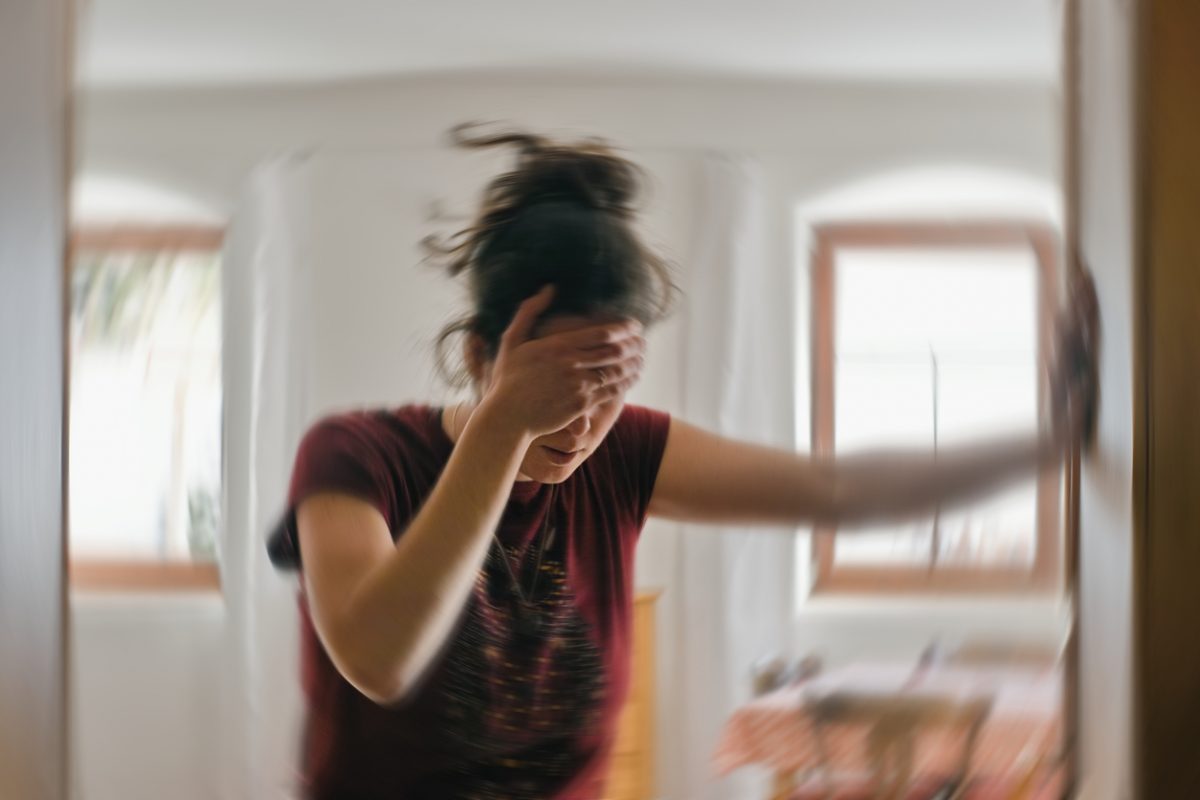Background: Previous studies suggest that the risk of tardive dyskinesia is increased with higher doses of conventional antipsychotics. This study evaluates the 12-month incidence of tardive dyskinesia in subjects with first-episode psychosis who were treated with very low doses of haloperidol.
Method: Fifty-seven subjects with first-episode psychosis and a DSM-IV diagnosis of schizophreniform disorder, schizophrenia, or schizoaffective disorder were treated according to a fixed protocol with a mean dose of haloperidol of 1.68 mg/day and prospectively studied for 12 months. Subjects were assessed for extrapyramidal symptoms and psychiatric symptoms at 3-month intervals. Data were gathered from 1999 to 2001.
Results: Twelve-month incidence of probable or persistent tardive dyskinesia according to Schooler and Kane criteria was 12.3% (N = 7). Subjects with tardive dyskinesia did not differ from the rest of the sample regarding gender, race, duration of untreated psychosis, or baseline clinical characteristics. Subjects with tardive dyskinesia were older compared with subjects without tardive dyskinesia (37.14 ± 9.23 vs. 27.30 ± 8.09 years, respectively; t = -2.77, df = 30, p = .01) and received higher mean doses of haloperidol at 12 months (2.80 ± 1.64 vs. 1.39 ± 0.69 mg/day, respectively; t = -3.13, df = 25, p = .004). Cox regression analysis revealed that age at inclusion (p = .031), percentage change in negative symptoms (p = .028), and dose of haloperidol at 12 months (p = .016) were significant predictors of risk for tardive dyskinesia.
Conclusion: Incidence of tardive dyskinesia was at least as high as in other samples treated with standard doses of conventional antipsychotics. Subjects at risk for tardive dyskinesia could not be identified on the basis of initial clinical features or acute treatment response. Risk of tardive dyskinesia was related to age, antipsychotic dose, and worsening of negative, depressive, and parkinsonian symptoms.
Please sign in or purchase this PDF for $40.00.



